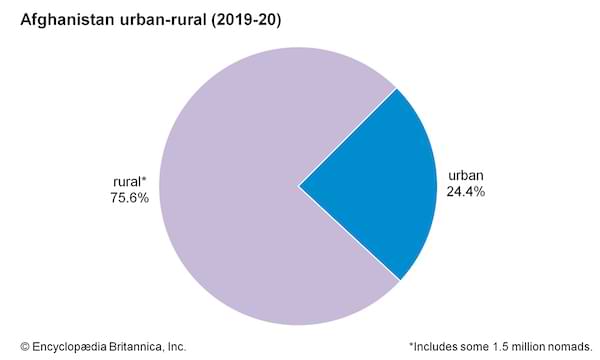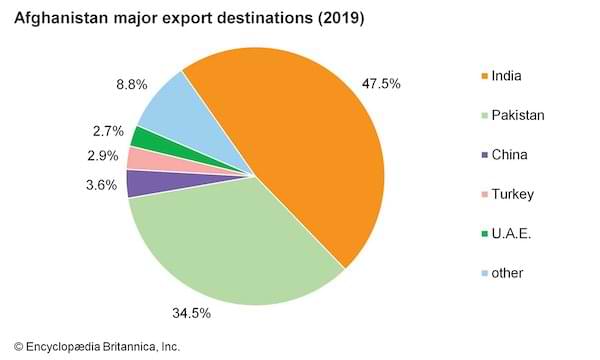
ABOUT AFGHANISTAN
Afghanistan is a fascinating country that, in many ways, hasn’t changed much over the course of time. Primarily, in the rural areas where the lifestyles and culture are deeply rooted in the past. These provinces are influenced by each of the countries that border them making Afghanistan a truly multi-ethnic and multicultural country.
Here is an overview of some of Afghanistan’s facts and statistics to enlighten you to its rich heritage. Unfortunately, decades of war have crippled the country’s infrastructure leaving a political void that the Taliban took advantage of to come to power. These continual conflicts have also impacted the health and wellbeing of its population, who somehow still manage to remain hospitable and resilient.
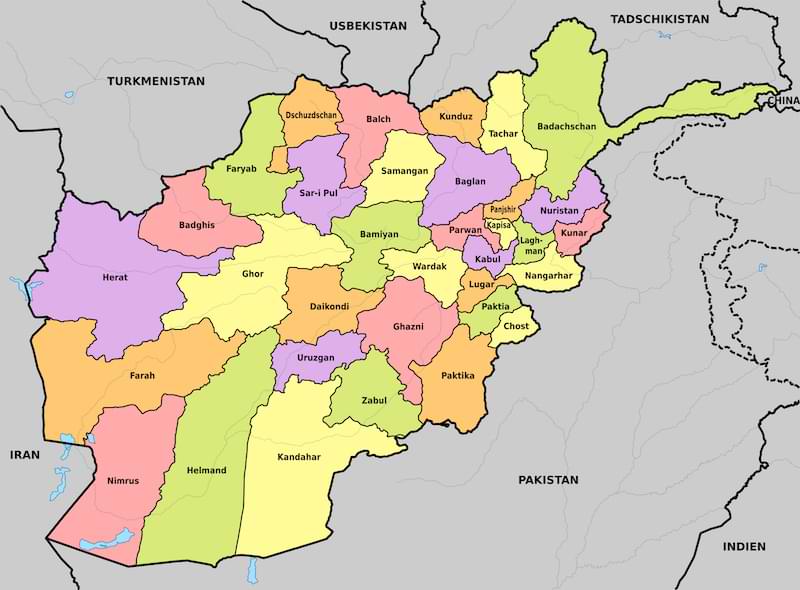
THE LAND OF AFGHANS
Afghanistan translates to "the land of Afghans". It's also come to be known as the "the graveyard of Empires" because of all the foreign powers, over the centuries, who attempted to invade or occupy it, only to fall short of their military or political objectives. Every foreign army who invaded Afghanistan had to conduct full military withdrawals by the end of these conflicts. The United States being the most recent.
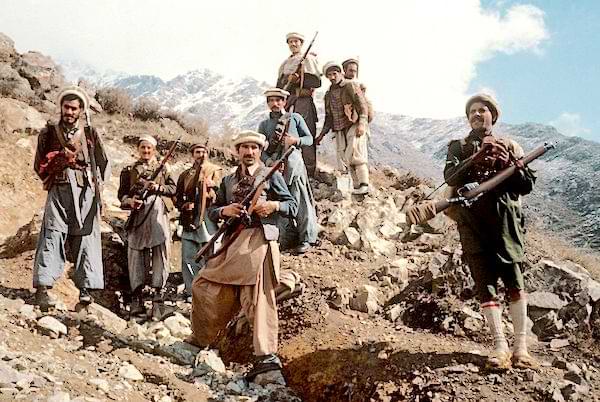
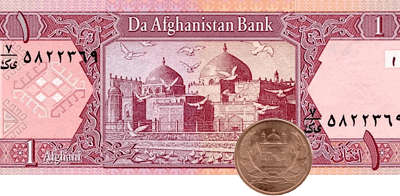
Afghanistan, approximately the size of Texas, is a landlocked country that shares its borders with Iran, Pakistan, Uzbekistan, Turkmenistan, Tajikistan, and China. This has resulted in a blending of ethnicities and cultures making it a multi-ethnic and multicultural country. Collectively, the people of Afghanistan are called Afghans. This frequently gets confused with Afghanistan's currency, which is called Afghanis.
Most Afghans live in rural areas. Their mode of living is best described as peasant tribal. Family and kinship is the basis of social life. This determines the patriarchal character of the community.


Every year pilgrims descend upon the Hazrat Ali Mazar, also know as the "Blue Mosque" to celebrate the Iranian/Zoroastrian new year, called Nowruz. It starts on the day of the vernal equinox in March, and marks the beginning of Spring in the Northern Hemisphere. Located in the Balkh Province, it symbolizes the rebirth of nature, new life, and new beginnings. This is an important pilgrimage for both Shia and Sunni Muslims.
Afghanistan is a mountainous country that has been divided into three distinct provinces by the huge Hindu Kush mountain range that is an extension of the Himalayas. They consist of the northern plains, the central highlands, and the southern plateau; all of which consist of different terrains, altitudes, and climates.
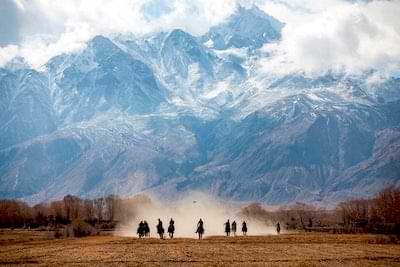
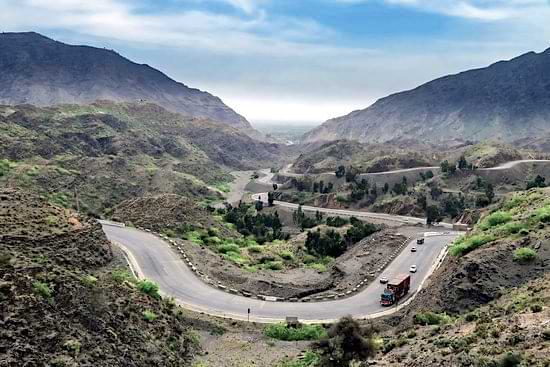
Comprising about 160,000 square miles, the central highlands is the largest region in Afghanistan. Most of Afghanistan's mountain ranges run through here, including one of the most famous routes to the Indian subcontinent, the Khyber Pass.
High plateaus and sandy desserts make up the southern plateau. It covers 50,000 square miles with several large rivers crossing it, including the Helmand. It's a desolate region with infertile land, except along the rivers. With an average elevation of 3,500 feet, it has a dry mild climate.
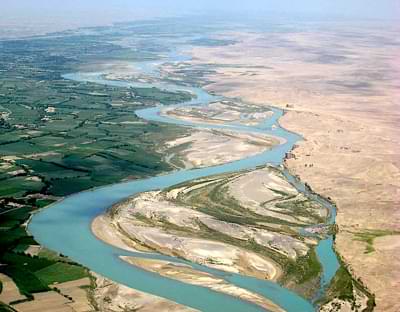
AFGHANISTAN STATISTIC & FACTS
| Also Known As | Republic of Afghanistan • Da Afghānestān Jamhawrīyat • Islamic State of Afghanistan • Jomhūrī-ye Afghānestān • Islamic Emirate of Afghanistan • Dowlat-e Eslāmī-ye Afghānestān |
| Head Of State And Government | President: Ashraf Ghani; de facto leader Hibatullah Akhundzada4 |
| Capital | Kabul |
| Population | (2021 est.) 33,413,000 |
| Form Of Government | Islamic republic1 with two legislative houses (House of Elders [1022]; House of the People [2503]); de facto transitional government4 |
| Official Languages | Dari; Pashto5 |
| Government Type | Presidential Islamic Republic5 |
| Official Religion | Islam |
| Official Name | Islamic Republic of Afghanistan (Jomhūrī-ye Eslāmī-ye Afghānestān [Dari]; Da Afghanestan Eslami Jamhuriyat [Pashto]); de facto, Islamic Emirate of Afghanistan (Emārat Eslāmī-ye Afghānestān [Dari]); Da Afghanestan Eslami Imarat [Pashto])1 |
| Total Area (Sq Km) | 652,864 |
| Total Area (Sq Mi) | 252,072 |
| Monetary Unit | Afghani (Af) |
| Population Rank | (2021) 42 |
| Population Projection 2030 | 39,330,000 |
| Density: Persons Per Sq Mi | (2021) 132.6 |
| Density: Persons Per Sq Km | (2021) 51.2 |
| Urban-Rural Population | Urban: (2020 ‒ 2021) 24.4% • Rural: (2020 ‒ 2021) 75.6% |
| Life Expectancy At Birth | Male: (2015 ‒ 2020) 63.8 years • Female: (2015 ‒ 2020) 66.7 years |
| Languages | The official languages are Dari (Persian) and Pushto. Dari has many dialects. It's used for cultural expression and for business and government transactions. Along the border regions Turkish Uzbek, Turkoman, and Kirgiz are also spoken. |
| Literacy: Percentage Of Population Age 15 And Over Literate | Male: (2015) 52% • Female: (2015) 24.2% |
| Gni (U.S.$ '000,000) | (2020) 19,564 |
| Gni Per Capita (U.S.$) | (2020) 500 |
| GDP ‒ per capita (PPP) | $2,000.00 (USD) |
|
1The internationally recognized Islamic Republic of Afghanistan was established by the constitution promulgated on January 26, 2004. On September 7, 2021, the Taliban declared the Islamic Emirate of Afghanistan and formed the country's de facto government.2Thirty'sfour members are appointed by the president, while the remainder are indirectly elected.3Three seats are reserved for Kuchis and Afghan Pashtun nomads.4Since September 7, 2021, following the Taliban's takeover of the country.5Six additional locally official languages per the 2004 constitution are Uzbek, Turkmen, Balochi, Nuristani, Pashai, and Pamiri. |
|
